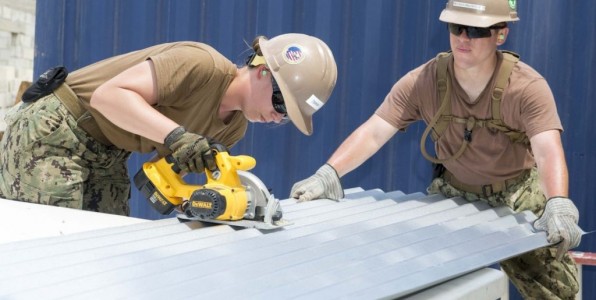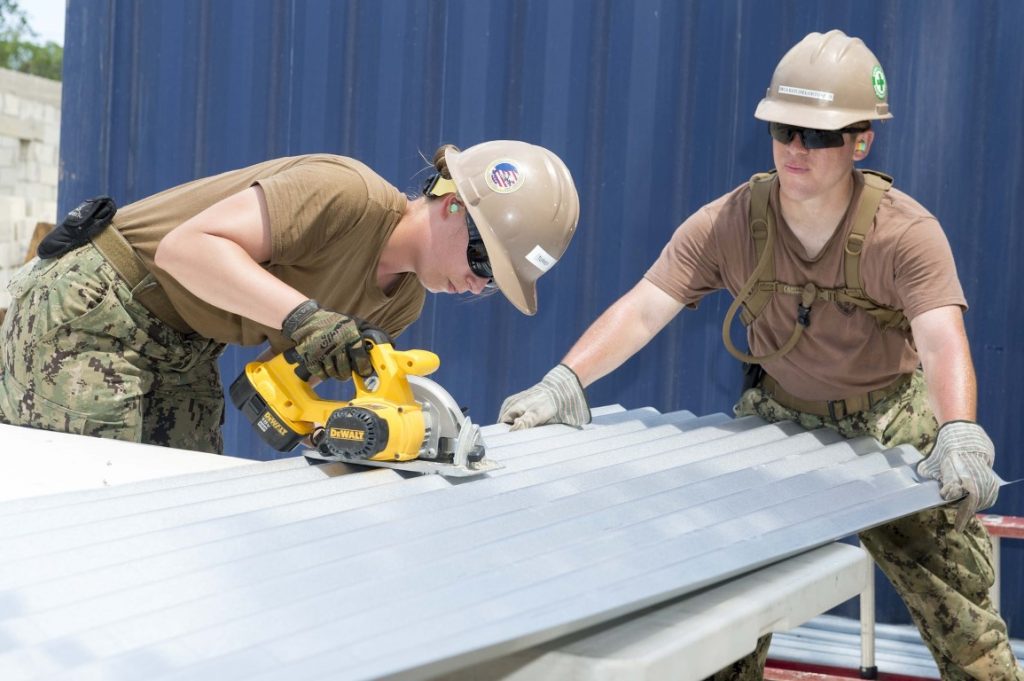STEM: getting women involved

STEM: getting women involved
According to
data analysis from LinkedIn, more women have entered into STEM careers over the
last four decades than in any other. Philanthropist and former general manager
at Microsoft, Melinda Gates, said: “Innovation happens when we approach urgent
challenges from every different point of view. Bringing women and
underrepresented minorities into the field guarantees that we see the full
range of solutions to the real problems that people face in the world�.

The likes of
Science, technology, engineering and mathematics, also known as STEM, are
industries heavily dominated by men. The ratio of women earning jobs in these
fields are extremely low compared to men. Statistics from 2017 show that women
made up only 23 per cent of the STEM workforce. Although this is low, this is
105,470 higher than the number in 2016.
Stereotypically,
STEM related careers were best suited for the abilities of men, however this
idea is changing thankfully. This year has seen some of the biggest names and
influential figures in the industry being women, such as Kate Bouman, the woman
who engineered the first image of a black hole.
Back in 2018,
Fitbits 10 day-cycled period tracker was under criticism. If more women were
involved in the creation, they would’ve realised this was three days too long. In
the States, the tech industry is one of the highest paying fields — yet women
are still paid less than their male counterparts.
Throughout
this article we take a closer look at how women in the past four decades have
entered into STEM careers.
Bye bye Biasness
Throughout
our life, we have been taught that men are simply more suited to do certain
jobs than what women are. Charles Darwin described women as intellectual
inferiors and universities rejected women up until the 20th century.
Vice
president of the American Association of University Women, Laura Segal argued: “Teachers
and parents provide explicit and implicit messages starting in early childhood
that boys and men are ‘better’ at math, and the gaps in the professions
reinforce the opportunities, culture and lack of role models that perpetuate
male dominance�.
The likes of
schools, recruitment agencies and universities in the UK have tried several
encouragements since 2012 to help encourage women to begin STEM careers. Previously,
female students reported avoiding STEM courses because of a lack of female role
models to identify with. If girls were taught about female role models like
Marie Curie, for example, who discovered the effects of radiation, perhaps
they’d be more inclined to pursue a career in the field.
More content
focusing on women working within the industry has been included on exam boards
in recent years to help get rid of this bias idea. Rosalind Franklin, a woman
central to the understanding of DNA, has been taught across the nation. This
has been linked to this year’s A-level results, which saw female students studying
STEM courses (50.3%) outnumber male students (49.7%). In addition, Lookers,
suppliers of car service plans, launched a female apprenticeship scheme back in 2018.
How this is being funded
Philanthropists
have donated money towards fixing the gender gap in STEM industries to help
support women entering into these careers. $25 million has been funded to boost
girls’ interest by changing the narrative that they’re masculine careers. It’s
expected to inspire other girls to follow other successful women.
After being
reported that industries such as engineering have a rather toxic male dominated
environment, this has drove many women out of this field. They noted that they
had to work twice as hard to be taken seriously and to earn respect.
There has
been the introduction of 125 female ambassadors by Lyda Hill Philanthropies to
help represent women in STEM careers. Part of the donation will be used to fund
grants for women to study STEM courses.
The beginning of development
Due to the
lack of skilled STEM workers in the UK, it’s been reported that it’s costing
over £1.5 billion a year, according to the Institution of Mechanical Engineers.
Apprenticeships have an equal gender balance, yet only nine per cent of STEM
apprentices are women.
More women
are being informed about STEM related careers and are being encouraged to start
apprenticeships in these sectors in an attempt to fix this disappointing
statistic.
When lookers
began their female apprenticeship scheme back in 2018, the aim was to double
the amount of their female apprenticeships and provide a positive environment
to encourage and attract women to STEM. Civil Engineering Consultancy, Patrick Parsons are an example of a company
that offer this too.
More
gender-neutral language is being used in STEM advertisements, helping to take a
positive step in the right direction. However, there is a lot of progress to be
made for women in STEM.
Comments are closed